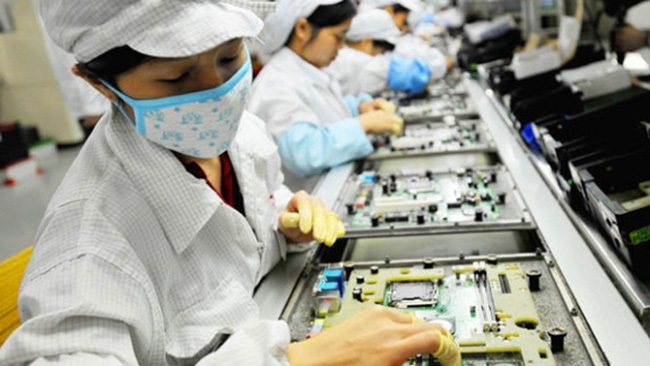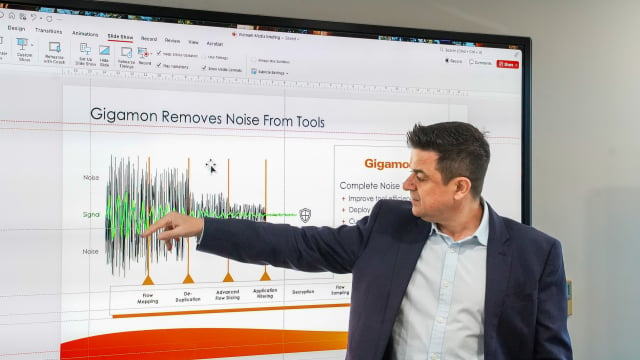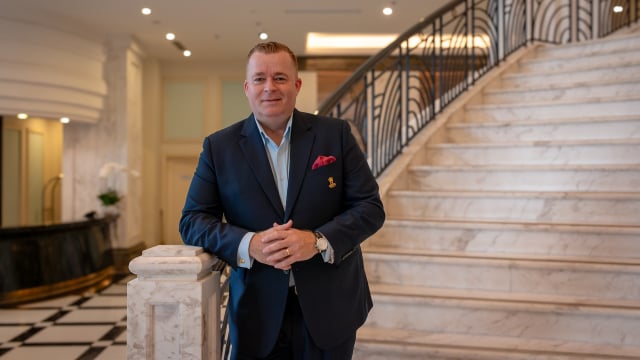Leader Talk
Overcoming barriers to female leadership
Gender inequity is a complex and layered challenge. Diversity goals or women leadership initiatives alone are often not enough to close the gaps.
.jpeg)
Despite the increased corporate focus on diversity, equity and inclusion, the state of female leadership today is still found wanting, with female to male leadership in the Asia Pacific region in 2021 remaining slightly under 28 per cent, according to Grant Thornton's report.
Perhaps it’s time for us to dig deeper and tackle a hidden yet difficult barrier to address - unconscious biases.
It’s human nature for us to gravitate towards people like us. But sometimes, this instinct, known as affinity bias, can be harmful. For example, when male decision-makers find themselves relating more to male candidates who come from a similar background and thus pick them over an equally qualified female candidate.
An Asia Pacific study by the Center for Creative Leadership (CCL) reported that when asked if male managers were less likely to select women than men, and if male managers were less likely to promote women than men, more women agreed than men, with a 29 per cent difference for each question.
How we define leadership also matters. For far too long, we’ve conflated leadership with men, and women with empathy. The same CCL report found that while both women and men agreed that ambition was critical for leadership, women were ‘unsure of how ambitious to be or appear’.
According to the study researchers, this could be due to how women associated ambition with egotism, selfishness, self-aggrandizement, or the manipulative use of others for their own ends, unlike men, who associated it with positive attributes.
Perhaps this is because of the general perception that when women display ‘masculine’ leadership characteristics such as ambition, dominance, and risk-taking, they tend to be viewed in a negative light, making it doubly hard for women to navigate leadership.
On the flip side, men are also pressured by conventional gender roles. Not usually seen as caregivers by society, fathers may not be provided adequate paternal leave, face external pressure against or feel hesitant about taking childcare leave.
Vietnamese fathers who are formally employed are entitled to paid paternity leave. However, across the country, 18 million men and women are engaged in the informal employment sector, and thus do not receive such benefits.
This has many implications – men cannot enjoy fatherhood, and their female partners have to compensate by taking up more caregiving responsibilities.
Besides facing biases externally, women may internalize these feelings of inadequacy, leading to self-doubt and limiting beliefs. They may be discouraged from pursuing their professional goals, and even cause them to downshift in their careers.
Up to 11 per cent of women surveyed in the region said they would reject challenging leadership opportunities, compared to 2 per cent of male respondents who would do the same.
The study also found that women were more likely to have self-limiting thoughts and deal with issues such as perfectionism, self-criticism, and imposter syndrome.
Get rid of unconscious bias at work
Because these behaviors feel so natural, they often go undetected, and we may not recognize that we are perpetuating these biases. The question then becomes – how can we identify and effectively tackle something so innate?
First, companies should provide unconscious bias training at all levels of the organization. To ensure these courses are truly effective, encourage employees to reflect and recognize their own biases, and set goals to correct these beliefs. Continued training sessions, instead of one-off sessions also go a long way in strengthening inclusive culture.
Second, buck conventional trends and redefine what leadership means. I highly recommend Growth Mindset training, which encourages employees to continue growing and improving their skills. We started the training with our leadership team, and then a multi-month campaign to help our employees cultivate new learning habits in this area.
Third, provide initiatives that support women's leadership. 3M’s Women’s Leadership Forum (WLF) develops leaders at all levels to accelerate the inclusion and advancement of women globally. We now have over 5,000 employees across 65 chapters globally, including all countries within Asia where 3M operates.
Fourth, help your male employees better understand the true gaps in achieving gender equity, and how they can be better advocates for diversity, equity and inclusivity.
At 3M, we focus on REAL Allyship, which stands for Reflect, Empathize, Act and Learn. We encourage our employees to reflect on their experiences, perspectives, and innate assumptions, how these assumptions affect others, and how they came about.
Empathy is also key to advancing equity. Thus, we encourage male employees to learn and understand the challenges for women in the workplace, through listening, reading, and participating in dialogues with women. From these learnings, employees can then take action to build a culture of belonging, advocate for those who are marginalized, and continue their path of learning.
We acknowledge that allyship comes in various forms and allows us to advocate in ways that feel most authentic for each individual. Through our male allyship program, Men as Advocates, we invite everyone to challenge gender stereotypes and work towards gender-neutral mindsets and behaviors. I personally find it crucial for men to better understand the need to be advocates in order to make a positive step forward in equity.
Finally, redesign talent acquisition processes to better engage candidates from underrepresented groups. Starting with the United States, 3M is redesigning our interview processes to remove individual discretion and bias, and investing in a new interview management system focused on skills-based hiring.
Enhancing businesses’ competitive edge through gender equality: Oxfam
We also sponsor various initiatives to encourage more women and girls to join the science field.
In 2021, 3M launched its first-ever case competition, the 3M Inspire Challenge, across Singapore, Malaysia, Indonesia, Thailand, Vietnam and the Philippines. University teams were encouraged to showcase their most brilliant ideas in technology, sustainability and innovation where they also enjoyed mentorships with 3M science outreach volunteers.
To cultivate a diverse and inclusive generation of leaders, thinkers and creators, all teams were required to have at least one male and female student. The challenge enjoyed resounding success, with over 120 teams participating.
Additionally, 3Mgives awarded $30,000 in funding to the ‘STEMherVN’ project. Organized by the Management and Sustainable Development Institute (MSD), the program, from February until June 2022, will consist of recruiting and providing scholarships to 21 female STEM ambassadors from high schools and universities in Hanoi. Together, the 21 ambassadors will conduct STEMherVN Roadshows in at least two high schools, impacting over 2,000 students and inspiring them to pursue STEM education and careers.
Gender inequity is a complex and layered challenge. Diversity goals or women leadership initiatives alone are often not enough to close the gaps. Only when we peel back the layers of gender stereotypes and tackle unconscious biases that hold women back can we kickstart real change from the inside out.
Gender inequality: Be the change you want to see
Cutting red tape in APA approvals to speed up tax negotiations
The change in APA approval authority is expected to shorten processing time and enhance business proactiveness in international tax negotiations.
Enterprise cybersecurity is under threat from the inside
As hybrid cloud systems grow more complex, Vietnamese enterprises are struggling to detect cybersecurity threats moving laterally within their own networks.
Breakthrough for the international financial center ambition
The submission of the draft resolution on Vietnam’s international financial center to the National Assembly heralds a new developmental era for the country.
How leadership philosophy redefines hospitality in Nha Trang
More than just running a 5-star resort, Kristian Petersen is redefining the art of hospitality with a humane and sustainable leadership philosophy.
When organic becomes an inspiring wellbeing lifestyle
For Tyna Huynh, co-founder of Drinkizz, organic is not just a food choice but a way of life that fosters a deep connection between people, nature and community.
Garment factories embracing respectful workplaces
Embracing respectful workplaces could very well be the key to unlocking a more prosperous future for Vietnam's garment industry.











































